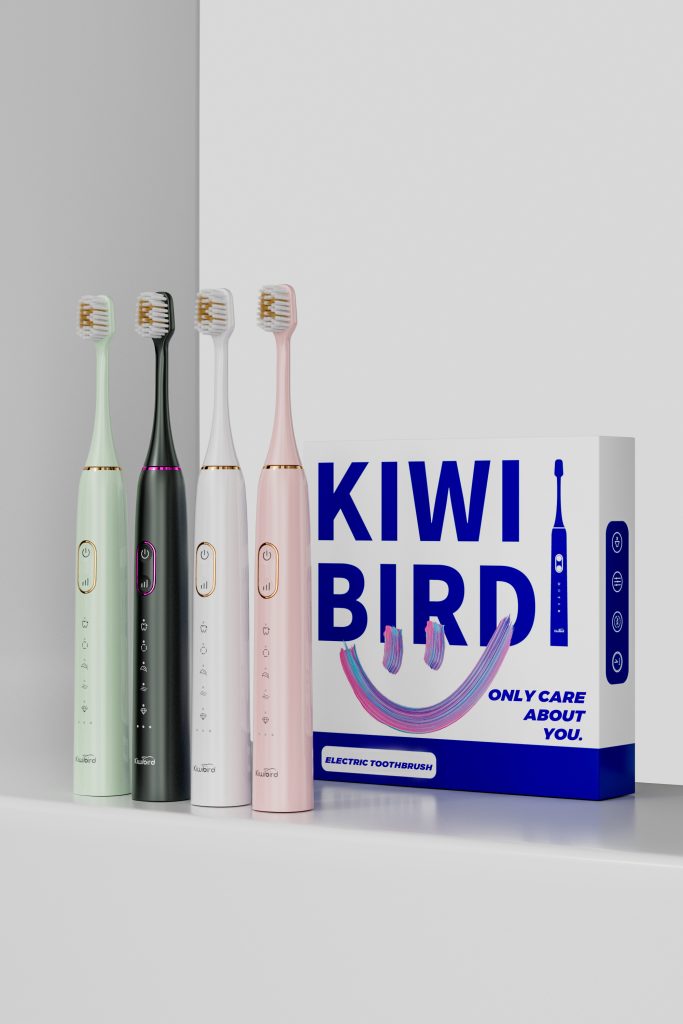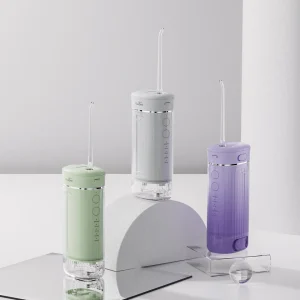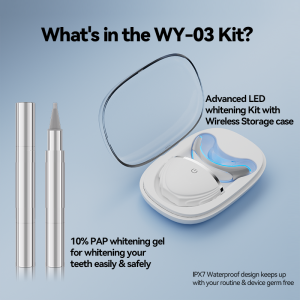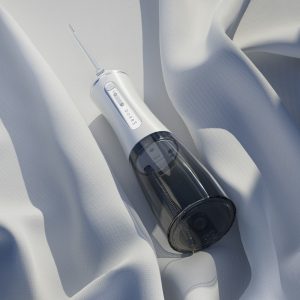In oral care, overzealous brushing can lead to Pressure Sensitivity and accelerate Enamel Erosion, harming both gums and tooth structure over time. As manufacturers of electric toothbrushes, understanding how brushing force affects oral tissues is critical to designing products that clean effectively without causing damage.
The Hidden Hazards of Over‑Brushing
First, many users believe that pressing harder means a deeper clean. In reality, excessive force can abrade the gum line, causing irritation and inflammation over repeated use. Moreover, splayed or frayed bristles increase drag, forcing the motor to work harder and generating more heat—factors that only compound oral tissue trauma and reduce overall device efficiency.
From Pressure Sensitivity to Enamel Erosion
Furthermore, Pressure Sensitivity—the pain or discomfort felt when brushing—often signals the onset of Enamel Erosion:
- Micro‑abrasions: Heavy pressure creates tiny scratches in the enamel surface, making it more vulnerable to acid attack.
- Mineral Loss: Mechanical stress accelerates the leaching of calcium and phosphate from enamel.
- Heightened Sensitivity: As enamel thins, the underlying dentin becomes exposed, intensifying sensitivity to hot, cold, or sweet stimuli.
This cascade illustrates why moderating brush pressure is essential for long‑term dental health.
Precisely Measuring and Diagnosing Brushing Force
To optimize design and user feedback, employ these diagnostic methods:
- Integrated Pressure Sensors: Embed thin‑film sensors in the handle or brush base to record force in real time.
- Laboratory Force Testing: Use a torque‑and‑force test bench to simulate various brushing angles and pressures, generating force‑vs‑frequency profiles.
- Usage Data Analytics: Leverage companion app data to identify high‑pressure events and correlate them with user technique.
Combining these approaches helps set safe pressure thresholds and informs both hardware and firmware adjustments.company web: https://www.powsmart.com/product/electric-toothbrush/

Engineering Optimization of Brush Head and Drive
Design interventions can mitigate over‑brushing risks without sacrificing cleaning power:
- Multi‑Layer Bristle Arrays: An inner core of firmer filaments tackles plaque, while an outer ring of ultra‑soft bristles cushions the gum line.
- Adaptive Bristle Stiffness: Use shape‑memory polymers or gradient‑stiffness materials that flex under excessive load, dispersing pressure.
- Smart Drive Algorithms: Program the MCU to detect sustained high pressure and automatically reduce vibration amplitude when necessary.
- Ergonomic Head Geometry: Contour the brush head to match tooth anatomy, avoiding lateral bristle contact with the gingiva.
Together, these measures balance effective plaque removal with gum protection.
Real‑Time Feedback and User Guidance
Immediate user feedback is key to shaping proper brushing habits:
- LED Pressure Indicators: A green‑yellow‑red light system signals safe, borderline, or excessive force.
- Haptic Alerts: Brief vibration pulses warn users when they exceed recommended pressure.
- App‑Based Coaching: Interactive tutorials in companion apps guide users to maintain optimal force and brushing technique.
- Clinical Education Materials: Partner with dental professionals to develop best‑practice guidelines that reinforce safe brushing behavior.
These multimodal cues help users self‑correct in real time, reducing the risk of over‑brushing.
Long‑Term Maintenance and Technology Evolution
Finally, sustaining gum health and device performance requires ongoing innovation and support:
- Scheduled Brush Head Replacement: Recommend changing heads every three months to maintain bristle integrity and minimize drag.
- Firmware Upgrades: Continuously refine power‑saving and pressure‑control algorithms via over‑the‑air updates.
- Clinical Validation: Conduct longitudinal studies in collaboration with dental clinics to track gingival health outcomes.
- Advanced Materials R&D: Investigate nano‑textured bristles and next‑gen pressure sensors for even finer force control.
By combining rigorous design, real‑world testing, and user education, manufacturers can deliver electric toothbrushes that clean thoroughly while actively preventing Pressure Sensitivity and Enamel Erosion.
Conclusion
Brushing too hard is a hidden threat to oral health. Through precise force measurement, engineered brush‑head and drive optimizations, real‑time feedback, and ongoing material innovation, you can ensure your electric toothbrush provides superior cleaning without damaging gums or enamel. For more on pressure‑management technology or advanced bristle designs, please contact our specialist team!



